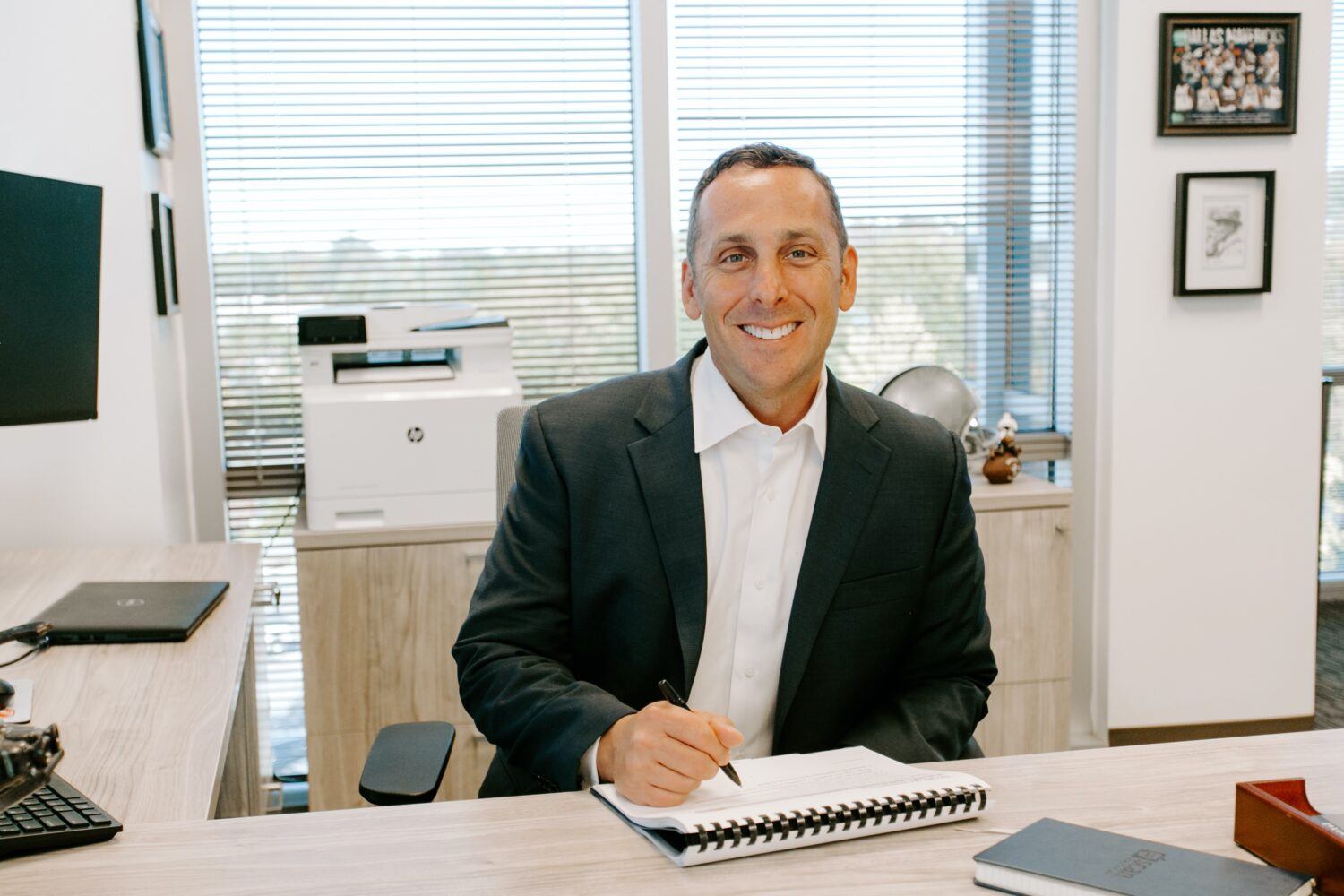
Over the past several months, the United States has rapidly accelerated its COVID-19 vaccination rates, with close to half of the population receiving at least one dose by the middle of May. With three highly effective vaccine options and numerous public-private partnerships delivering doses to the public, the country certainly appears to be on the right track to building immunity to the virus. However, a closer look at the data reveals significant concerns. There are clear and persistent disparities in vaccine distribution across the country which follow the same patterns as the disparities in hospitalizations and deaths.
Ethnic and racial minorities, the elderly and homebound, rural populations, and others experiencing negative social determinants of health (SDOHs) are among the most likely to suffer severe consequences from contracting COVID-19. And yet, they aren’t getting vaccinated at nearly the same rate as more affluent white Americans in densely populated areas.
On one hand, every vaccinated person is a victory, no matter who that person is. Based on the scale and enormous complexity of the challenge ahead of us, it’s perfectly understandable to rack up some easy wins before turning attention to the more difficult task: reaching chronically underserved populations with a history of hesitancy and barriers around engaging with healthcare.
But we must have a plan for connecting with these neglected groups. And the sooner we put that plan into action, the better. We cannot let COVID-19 vaccine access develop into yet another long-term health equity issue, especially as dangerous new variants portend the need for future booster shots.
It’s time to reinvent the last mile of vaccine delivery by leveraging innovative partnerships and new technologies to get vaccines to the hardest-to-reach people. Pairing community vaccination locations and mobile clinics with sophisticated, data-driven risk identification tools can create an agile hub-and-spoke model to broaden vaccine access to even the most isolated individuals. Here’s how it could work.
Expanding the number and type of community vaccination locations
Mass vaccination sites and retail pharmacies are playing a crucial role in getting vaccine doses to urban and suburban communities. However, these locations are still out of reach in many rural and socioeconomically challenged areas, especially for people with transportation barriers, serious medical conditions, or work and family obligations. Increasing the availability of vaccines at community landmarks, such as large truck stops, senior living centers, and health clinics can make it easier for rural residents to schedule appointments.
For example, Fresenius Kidney Care, the nation’s largest kidney care clinic organization with 2,400 locations, is currently working to turn some of its sites into vaccination hubs. With temperature control equipment and experienced staff already available, Fresenius clinics can easily provide logistical support for distributing vaccine doses further into rural areas than ever before.
Engaging more of these “hub” partners to anchor the distribution process in less densely populated areas can dramatically expand the potential coverage area of vaccination programs and ensure that rural residents have equal access to doses.
Targeted, tech-driven outreach to high-risk individuals
Once we establish an enhanced vaccine distribution infrastructure, we need to ensure that vulnerable groups are aware of their new options and educated about the importance of receiving their vaccine. Clinical risk stratification technologies will be crucial for prioritizing outreach to individuals most in need of protection. Primary care providers and pharmacists, including telepharmacists, are already experts at using health IT tools for tailored engagement with the underserved and medically fragile. With comprehensive data and personalized knowledge about individual clinical and socioeconomic challenges, these providers are particularly well-positioned to deliver vaccine education and schedule appointments for those in need.
Leveraging existing relationships could be key to overcoming vaccine hesitancy, a major issue for many rural and minority populations. At a recent meeting of rural health experts, close to a quarter cited vaccine hesitancy as their biggest challenge, far more than the 7 percent who said distance and transportation were the most significant hurdles. A conversation with a trusted care partner could seal the deal for a shot at a community hub or mobile clinic – or even right in their home, if necessary.
Using mobile clinics to deliver vaccines to isolated populations
The final component of the hub-and-spoke model is a network of pop-up clinics and mobile vans, informed by clinical risk data, that can fan out to cover vast territories quickly and efficiently. Enlisting clinicians to vaccinate individuals in their own communities can also provide a second benefit: the opportunity to screen for additional clinical or socioeconomic needs, such as food security, loneliness, or reliable transportation to other medical appointments.
Bringing vaccines directly to people where they live and work may be the most effective way to prevent medically fragile individuals, minority groups, and isolated residents from falling through the cracks in more ways than one. By deeply embedding vaccine delivery infrastructure into remote areas, we can accelerate the vaccine rollout in an equitable and informed manner so everyone in every community can be protected from COVID-19.
Jason Z. Rose, MHSA, is the Chief Executive Officer of AdhereHealth, a healthcare technology company addressing the estimated $500 billion of unnecessary annual medical costs due to medication adherence issues. A 25-year healthcare technology industry veteran, Jason previously served as the Chief Strategic Development Officer and Executive Vice President at Inovalon, where he led the development, launch, and expansion of the company’s product and technology presence across the healthcare marketplace.